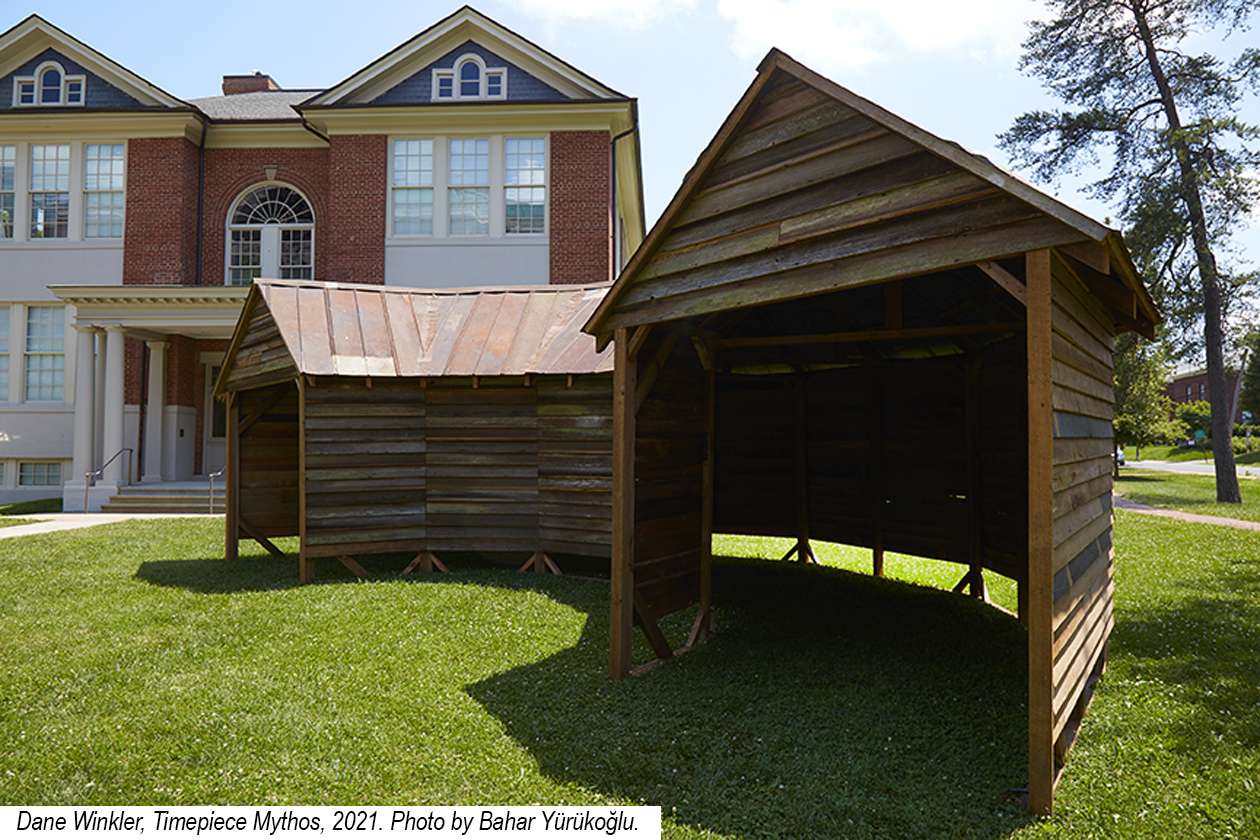As we’ve seen from recent floods and fires, climate change is an increasingly tangible emergency, and we have much to do in order to meet the moment.
The Rethink Energy team often talks about the need for more energy efficiency and to switch from fossil fuels to renewable energy production, two key actions in reducing the carbon footprint of building operations.
But as crucial as energy efficiency and renewable energy are, they are not enough. We need to also focus on the greenhouse gases that are emitted from the construction of our buildings in the first place — their embodied carbon. Put simply, embodied carbon is the carbon footprint of a building or infrastructure project before it becomes operational.
Did you know that the manufacture of building materials makes up 11% of total global greenhouse gas emissions? More than half of that is from components of concrete, widely used for building foundations and structure.
That 11% might sound small, but similar to energy efficiency and renewable energy, it is important to consider embodied carbon. Sources estimate that between now and 2050, as operational efficiency improves, embodied carbon will grow to account for nearly 50% of the overall carbon footprint of new construction. And the carbon emissions we produce between now and 2050 will determine whether we mitigate further climate impacts and reach Arlington’s Community Energy Plan goals.
Preserving and adaptively reusing existing structures, renovating instead of tearing down, and reusing what materials you can: all these are good strategies to reduce the embodied energy associated with construction. Our Green Home Choice program has helped hundreds of Arlington homeowners preserve existing homes and renovate or add onto them in order to extend their useful life. Visit our webpage at www.greenhomechoice.us or email us at [email protected] to learn how you can take action today.
We want to spotlight a lovely public art project that implements the idea of low-carbon adaptive reuse. Instead of using new raw materials, artist Dane Winkler created his new work, Timepiece Mythos, out of materials from a 19th century barn he disassembled. Dane located a disused barn, deconstructed it and reused the materials to create a new work of art, which is being presented by Arlington Arts Center in partnership with Arlington Public Art. Thoughtful choices, resulting in a beautiful and whimsical rethinking of “new” construction. Stop by and see the art installation this September on the lawn of Arlington Arts Center.
In art or construction, awareness in making decisions and being conscious of the options available are the best way towards a more sustainable and low-carbon Arlington.



